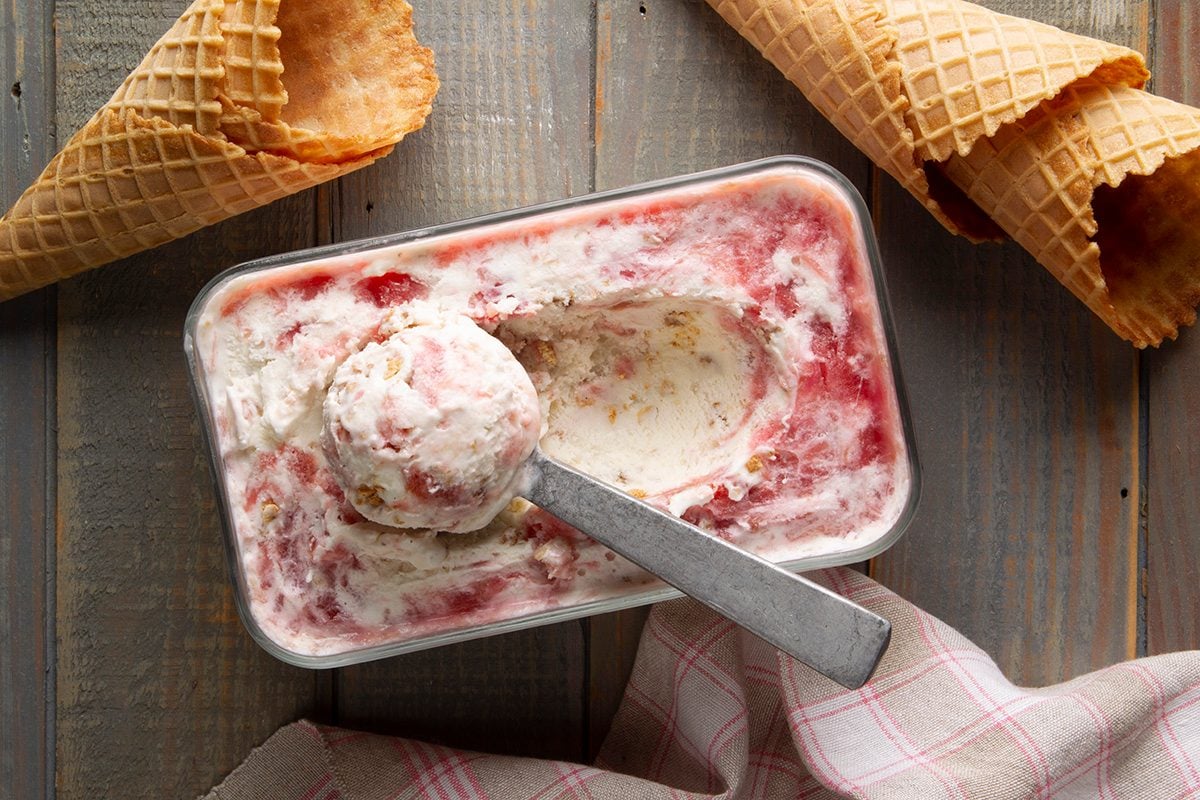

Articles
Why Is My Ice Cream Soft In The Freezer
Modified: August 31, 2024
Discover the reasons why your ice cream turns out soft in the freezer with our informative articles. Find tips and tricks to ensure your frozen treats stay perfectly firm.
(Many of the links in this article redirect to a specific reviewed product. Your purchase of these products through affiliate links helps to generate commission for Storables.com, at no extra cost. Learn more)
Introduction
There’s nothing more disappointing than reaching into your freezer, anticipating a refreshing scoop of ice cream, only to find it disappointingly soft and mushy. So, why does this happen? Understanding the science behind ice cream freezing can shed some light on this common conundrum.
Ice cream is a beloved frozen treat enjoyed by many around the world. It’s a delicate balance of creamy textures and delightful flavors that tantalize our taste buds. But achieving that perfect consistency can be tricky, and many factors can affect the firmness of ice cream when stored in the freezer.
In this article, we’ll dive into the freezing process of ice cream, explore the various factors that can impact its consistency, and provide some tips for proper storage to maintain its desired firmness.
So, if you’ve ever found yourself pondering why your ice cream becomes so soft in the freezer, keep reading to uncover the answers.
Key Takeaways:
- Proper storage, temperature control, and ingredient balance are crucial for maintaining the desired texture of ice cream. Understanding the freezing process and implementing troubleshooting tips can help you achieve the perfect scoop every time.
- Factors such as air content, ice crystal formation, and the use of stabilizers and emulsifiers significantly impact the consistency of ice cream. By mastering these elements, you can create a smooth, creamy, and delightful frozen treat.
Understanding the Freezing Process
Before delving into the factors that affect ice cream consistency, it’s important to understand the freezing process itself. When ice cream is churned in an ice cream maker, it undergoes a process called supercooling.
This process involves rapidly freezing the mixture while incorporating air to create a smooth and creamy texture. The mixture contains a combination of milk, cream, sugar, and flavorings, which are emulsified to create an evenly distributed mixture.
During freezing, the water molecules in the mixture form ice crystals. Ideally, these ice crystals should be small and uniform in size, resulting in a smooth and creamy texture. However, if the freezing process is not optimal, larger ice crystals can form, leading to a grainy and icy texture.
Once the ice cream is prepared, it is typically stored in a freezer, where it is subjected to sub-zero temperatures. The aim is to keep the ice cream frozen, maintaining its desired consistency until it’s ready to be enjoyed.
Now that we have a basic understanding of the freezing process, let’s explore the various factors that can impact the firmness of ice cream when stored in the freezer.
Factors Affecting Ice Cream Consistency
Several factors can influence the consistency of ice cream when stored in the freezer. Understanding these factors can help you troubleshoot issues and ensure your ice cream remains firm and creamy.
1. Temperature Fluctuations: One of the primary factors affecting ice cream consistency is temperature fluctuations in the freezer. Fluctuations can cause the ice cream to partially melt and refreeze, resulting in a soft and icy texture. To minimize temperature fluctuations, make sure your freezer is set to a consistent and optimal temperature, ideally around -18°C (0°F).
2. Air Content: The amount of air incorporated during the churning process is crucial to ice cream’s texture. More air, also known as overrun, creates a lighter and softer consistency. If the ice cream has a high air content, it may melt faster in the freezer. Conversely, a lack of air can result in a denser and harder texture.
3. Ice Crystal Formation and Growth: The size and distribution of ice crystals in ice cream play a significant role in its consistency. Smaller, uniform ice crystals create a smoother texture, while larger crystals result in a coarser and grainy texture. Slow freezing and excessive agitation can lead to larger ice crystals, so it’s important to freeze ice cream rapidly but gently to promote the formation of small crystals.
4. Stabilizers and Emulsifiers: Ice cream often contains stabilizers and emulsifiers to improve its texture and prevent ice crystal growth. Stabilizers, such as guar gum or carrageenan, help to thicken and stabilize the mixture, reducing the formation of large ice crystals. Emulsifiers, like lecithin, help to bind the fat and water molecules together, creating a smoother texture.
5. Proper Storage Techniques: How you store your ice cream in the freezer can also affect its consistency. To maintain optimal texture, store ice cream in an airtight container to prevent air exposure and minimize crystallization. Always place the container in the coldest part of the freezer, away from the door or areas prone to temperature fluctuations.
By considering these factors and implementing proper storage techniques, you can help maintain the desired consistency of your ice cream and avoid the disappointment of a soft and mushy treat.
Temperature Fluctuations in the Freezer
Temperature fluctuations in the freezer can have a significant impact on the consistency of ice cream. Fluctuations can cause the ice cream to partially melt and refreeze, resulting in a soft and undesired texture.
When the temperature in the freezer rises above the optimal freezing point for ice cream, the heat causes the ice crystals to start melting. As a result, the ice cream loses its structure and becomes softer. Conversely, when the temperature drops below the optimal freezing point, the ice cream can become excessively hard and difficult to scoop.
To maintain the proper consistency of ice cream, it’s important to keep your freezer set at a consistent and optimal temperature, ideally around -18°C (0°F). This temperature ensures that the ice cream remains frozen but is still easy to scoop.
Temperature fluctuations can be caused by a variety of factors, including frequent opening and closing of the freezer door, improper placement of the ice cream within the freezer, and malfunctioning freezer settings.
To minimize temperature fluctuations, follow these tips:
- Minimize freezer door openings: Limit the number of times you open the freezer door, as each time you do, warm air enters the freezer and compromises the temperature stability.
- Properly place the ice cream: Store your ice cream in the coldest part of the freezer, typically in the back or on the bottom shelf. This area experiences more consistent temperatures than the freezer door.
- Avoid overcrowding the freezer: Adequate air circulation within the freezer helps maintain a stable temperature. Avoid overcrowding the freezer with too many items, as this can impede proper airflow.
- Check freezer settings: Periodically check and adjust the temperature settings on your freezer to ensure they are set to the optimal freezing point for ice cream.
- Consider a freezer thermometer: For added accuracy, invest in a freezer thermometer to monitor the temperature inside your freezer. This will allow you to identify any fluctuations and make necessary adjustments.
By taking steps to minimize temperature fluctuations in the freezer, you can help ensure that your ice cream remains firm and maintains its desired consistency. A stable and optimal freezing environment will preserve the integrity of the ice cream and prevent it from becoming overly soft or hard.
The Role of Air Content in Ice Cream
When it comes to ice cream, air isn’t just something that occupies space; it plays a crucial role in determining its texture and consistency. The amount of air incorporated into ice cream during the churning process, known as overrun, can significantly impact its overall quality.
Ice cream with a higher air content will have a lighter and softer consistency, while ice cream with less air will be denser and have a harder texture. The balance between air and the other ingredients contributes to the mouthfeel and creaminess of the final product.
During the churning process, air is whipped into the ice cream mixture, and small air bubbles are dispersed throughout. This incorporation of air helps to create a smooth and velvety texture by breaking up ice crystals, preventing them from clumping together, and giving the ice cream a lighter feel.
The amount of air incorporated into ice cream is measured as a percentage of the total volume. The ideal air content varies depending on the type of ice cream. Premium or super-premium ice creams typically have a lower overrun, ranging from 20% to 40%, resulting in a denser and creamier texture. On the other hand, lower-quality or economy ice creams can have a higher overrun, up to 100% or more, resulting in a lighter and fluffier texture.
While it may seem counterintuitive, more air in ice cream doesn’t mean you’re getting less product. The increased volume from the added air helps to improve the sensory experience and enhances the perception of creaminess and smoothness in the ice cream. It also makes the ice cream easier to scoop and results in a more palatable mouthfeel.
However, it’s important to strike a balance with the air content. Too much air incorporated during the churning process can lead to a fluffy, insubstantial texture and can cause the ice cream to melt more quickly. On the other hand, too little air can result in a dense and heavy texture that’s harder to scoop and may lack the desired creaminess.
Ultimately, the desired air content in ice cream depends on personal preference and the type of ice cream being produced. Whether you prefer a light and airy texture or a rich and decadent one, the air content is a critical factor in achieving the desired consistency and overall eating experience.
To prevent your ice cream from becoming too soft in the freezer, try placing it in the coldest part of the freezer, away from the door. This will help maintain a more consistent temperature and prevent melting.
Read more: How To Store Soft Serve Ice Cream
Ice Crystal Formation and Growth
Ice crystal formation and growth are essential factors in understanding and maintaining the desired texture of ice cream. The size and distribution of ice crystals greatly affect the overall mouthfeel and consistency of the frozen treat.
When ice cream is being frozen, the water content within the mixture crystallizes to form ice crystals. Ideally, these ice crystals should be small and uniform in size, resulting in a smooth and creamy texture. However, various factors can influence the formation and growth of ice crystals, leading to different textures.
One of the key factors affecting ice crystal formation is the speed at which the ice cream freezes. Slow freezing allows for larger ice crystals to develop, resulting in a coarser and grainier texture. Rapid freezing, on the other hand, promotes the formation of smaller ice crystals, leading to a smoother and creamier texture.
Agitation during the freezing process is another factor that impacts ice crystal growth. Excessive agitation can cause ice crystals to collide and fuse together, resulting in larger crystals and a gritty texture. Gentle and controlled churning helps maintain the small ice crystal size and uniform distribution throughout the ice cream.
In addition to freezing conditions, the composition of the ice cream mixture also affects ice crystal formation. Ingredients such as sugars, fats, and emulsifiers can interfere with the formation of ice crystals and help maintain a smoother texture. These ingredients interact with water molecules and create a more stable environment, preventing large ice crystal growth.
Stabilizers and emulsifiers are commonly found in ice cream formulations to inhibit ice crystal growth. Stabilizers, such as guar gum or carrageenan, help to thicken and stabilize the mixture, reducing the formation of large ice crystals. Emulsifiers, like lecithin, act as a bridge between fat and water molecules, creating a more homogeneous mixture and limiting ice crystal growth.
Proper freezing techniques, careful ingredient selection, and the use of stabilizers and emulsifiers all contribute to controlling ice crystal formation and growth in ice cream. By understanding and managing these factors, it is possible to achieve a smoother and more enjoyable texture in your frozen treat.
Ice Cream Stabilizers and Emulsifiers
Ice cream is a delicate balance of ingredients, and the addition of stabilizers and emulsifiers plays a crucial role in achieving a smooth and creamy texture. These substances help maintain the structure, prevent ice crystal formation, and improve the overall quality of the ice cream.
Stabilizers are hydrocolloids that provide thickening and stabilizing properties to ice cream. They help create a consistent and smooth texture by preventing the separation of water and fat, reducing the formation of large ice crystals, and minimizing the occurrence of undesirable qualities such as quick melting or sandy textures.
Common stabilizers used in ice cream production include:
- Carrageenan: Derived from seaweed, carrageenan provides excellent stability and enhances the mouthfeel of ice cream.
- Xanthan Gum: This natural polysaccharide helps prevent ice crystal formation and improves the freeze-thaw stability of ice cream.
- Guar Gum: Extracted from the guar bean, it acts as a thickening agent and helps create a smoother texture.
- Locust Bean Gum: Made from the carob tree, locust bean gum provides viscosity and helps prevent ice crystallization.
Emulsifiers, on the other hand, promote the interaction between fat and water molecules in the ice cream. They help create a stable emulsion, preventing the separation of cream and water, and contribute to a smoother texture and enhanced flavor release.
Some commonly used emulsifiers in ice cream production include:
- Lecithin: Extracted from soybeans, lecithin helps stabilize the fat and water emulsion, leading to a smoother and creamier texture.
- Mono- and Diglycerides: These are synthetic emulsifiers that enhance the dispersion of fat in the ice cream, improving its stability and texture.
Stabilizers and emulsifiers are typically added in small quantities during the mixing stage of ice cream production. The exact amount used can vary based on the desired texture and the specific recipe. It’s important to follow the recommended guidelines to achieve the desired results.
It’s worth noting that some consumers prefer ice cream without stabilizers or emulsifiers, as these additives may be perceived as unnatural. However, it’s important to understand that the use of these ingredients contributes to the overall quality and stability of the product, ensuring a smooth and enjoyable texture.
When purchasing ice cream, you can check the label to see if stabilizers and emulsifiers are included. This information can help you make an informed choice based on your personal preferences.
In summary, stabilizers and emulsifiers are key ingredients in ice cream production, providing texture, stability, and an overall enhanced eating experience. They help maintain the structure of the ice cream, prevent ice crystal formation, and improve the overall quality of the product.
Proper Storage Techniques
Proper storage is crucial in maintaining the optimal texture and quality of ice cream. By following these storage techniques, you can ensure that your ice cream remains firm, creamy, and enjoyable:
1. Use an airtight container: Transfer your ice cream into an airtight container to prevent air exposure. Exposure to air can cause ice crystals to form and result in a grainy texture.
2. Choose the right container: Opt for a container that is the right size for your ice cream batch. A container with minimal headspace helps prevent excess air from coming into contact with the ice cream.
3. Place in the coldest part of the freezer: Store your ice cream container in the coldest part of the freezer, typically the back or bottom shelf. Avoid storing it in the freezer door or areas prone to temperature fluctuations.
4. Minimize exposure to temperature changes: Limit the time the freezer door is open to prevent temperature fluctuations that can lead to ice cream softening and refreezing. Retrieve the ice cream quickly and close the freezer door promptly.
5. Avoid storing with strong odors: Ice cream can absorb odors from other foods in the freezer. To maintain its pure flavor and aroma, store ice cream separately or use odor-free containers.
6. Avoid freezer burn: Freezer burn can affect the texture and taste of ice cream. To prevent freezer burn, wrap the container tightly with plastic wrap or place it inside a freezer-safe bag, removing any excess air.
7. Don’t refreeze melted ice cream: If your ice cream has melted, avoid refreezing it. When ice cream melts and refreezes, it can form large ice crystals, resulting in a gritty and icy texture.
8. Monitor freezer temperature: Regularly check and maintain the freezer at the optimal temperature of around -18°C (0°F) to keep the ice cream properly frozen.
9. Adhere to recommended storage times: Ice cream is best consumed within a certain timeframe. Follow the manufacturer’s guidelines or consume it within 1 to 2 months of purchase for optimal texture and flavor.
By implementing these proper storage techniques, you can ensure that your ice cream remains in the best possible condition, maintaining its firmness, creaminess, and deliciousness for a longer period.
Troubleshooting Tips
Experiencing issues with the texture of your ice cream? Don’t worry! Here are some troubleshooting tips to help you address common problems and achieve the perfect scoop:
1. Ice cream is too soft:
- Check the freezer temperature to ensure it’s set at the optimal freezing point of around -18°C (0°F).
- Avoid frequent door openings that can cause temperature fluctuations.
- Make sure your freezer is not overcrowded, allowing for proper air circulation.
- Consider using an electric ice cream maker that can churn the mixture at a consistent temperature.
2. Ice cream is too hard:
- Let the ice cream sit at room temperature for a few minutes before attempting to scoop.
- Store the ice cream in the slightly warmer areas of the freezer, such as the door or top shelf.
- Use a warmer scooping utensil or dip it in warm water briefly to make scooping easier.
3. Ice crystals have formed:
- Ensure you’re using proper storage techniques, including using an airtight container with minimal headspace.
- Consider adding stabilizers, such as guar gum or carrageenan, to the ice cream mixture before freezing to prevent crystal formation.
- Avoid slow freezing or excessive agitation during the churning process, which can lead to larger ice crystals.
4. Ice cream tastes grainy or icy:
- Make sure you’re using the right balance of fat and sugar in your ice cream recipe. Too much sugar can contribute to icy texture.
- Consider adding emulsifiers, like lecithin, to promote a smoother texture and prevent fat separation.
- Use high-quality ingredients and follow reliable recipes to ensure optimal results.
- Avoid thawing and refreezing ice cream repeatedly, as it can lead to the formation of large ice crystals and a grainy texture.
5. Ice cream has a gritty texture:
- Check the quality of your ingredients; coarse or grainy sugar can contribute to a gritty texture.
- Make sure you’re using smooth, high-quality mix-ins such as chocolate chips or nuts.
- Consider sieving your ice cream base before churning to remove any potential grains or impurities.
Remember, troubleshooting ice cream texture issues can involve a bit of experimentation and adjustment. Don’t be discouraged if it takes a few tries to achieve the perfect consistency. With practice and these troubleshooting tips, you’ll soon master the art of creating smooth and delightful homemade ice cream!
Read more: How Much Is A Soft Serve Ice Cream Machine
Conclusion
Ice cream is a beloved frozen treat enjoyed by people of all ages. Achieving the desired texture and consistency requires a combination of proper freezing techniques, ingredient selection, and storage practices. By understanding the science behind ice cream freezing and the factors that affect its consistency, you can enhance your ice cream experience and avoid the disappointment of a soft or grainy texture.
Throughout this article, we explored the freezing process of ice cream and the importance of temperature control. We learned about the role of air content in ice cream, understanding that the right amount of air can create a light and airy texture. We also delved into the formation and growth of ice crystals, explaining how small and uniform crystals lead to a smoother texture.
Stabilizers and emulsifiers are essential ingredients in ice cream production, aiding in maintaining texture, preventing ice crystal formation, and creating a creamy mouthfeel. Proper storage techniques, such as using airtight containers and minimizing temperature fluctuations, play a vital role in preserving the quality of ice cream.
Finally, troubleshooting tips provided solutions to common ice cream texture issues, empowering you to achieve the desired consistency in your frozen delights.
So, the next time you reach into your freezer for a scoop of ice cream, remember the importance of freezing techniques, the role of air content, and the impact of stabilizers and emulsifiers. Apply proper storage techniques and implement troubleshooting tips to enjoy a smooth, creamy, and delightful ice cream experience.
With a little knowledge and attention to detail, you can savor the perfect scoop of ice cream every time.
Curious about keeping everything in your freezer in tip-top shape, not just ice cream? Perfecting freezer settings plays a huge role. Find out what settings are ideal for maintaining the right chill in our article on optimal freezer temperatures. This piece provides easy-to-follow advice for tweaking your appliance to keep food frozen solid, ensuring nothing goes to waste. Dive into the details and make sure your freezer is set just right!
Frequently Asked Questions about Why Is My Ice Cream Soft In The Freezer
Was this page helpful?
At Storables.com, we guarantee accurate and reliable information. Our content, validated by Expert Board Contributors, is crafted following stringent Editorial Policies. We're committed to providing you with well-researched, expert-backed insights for all your informational needs.
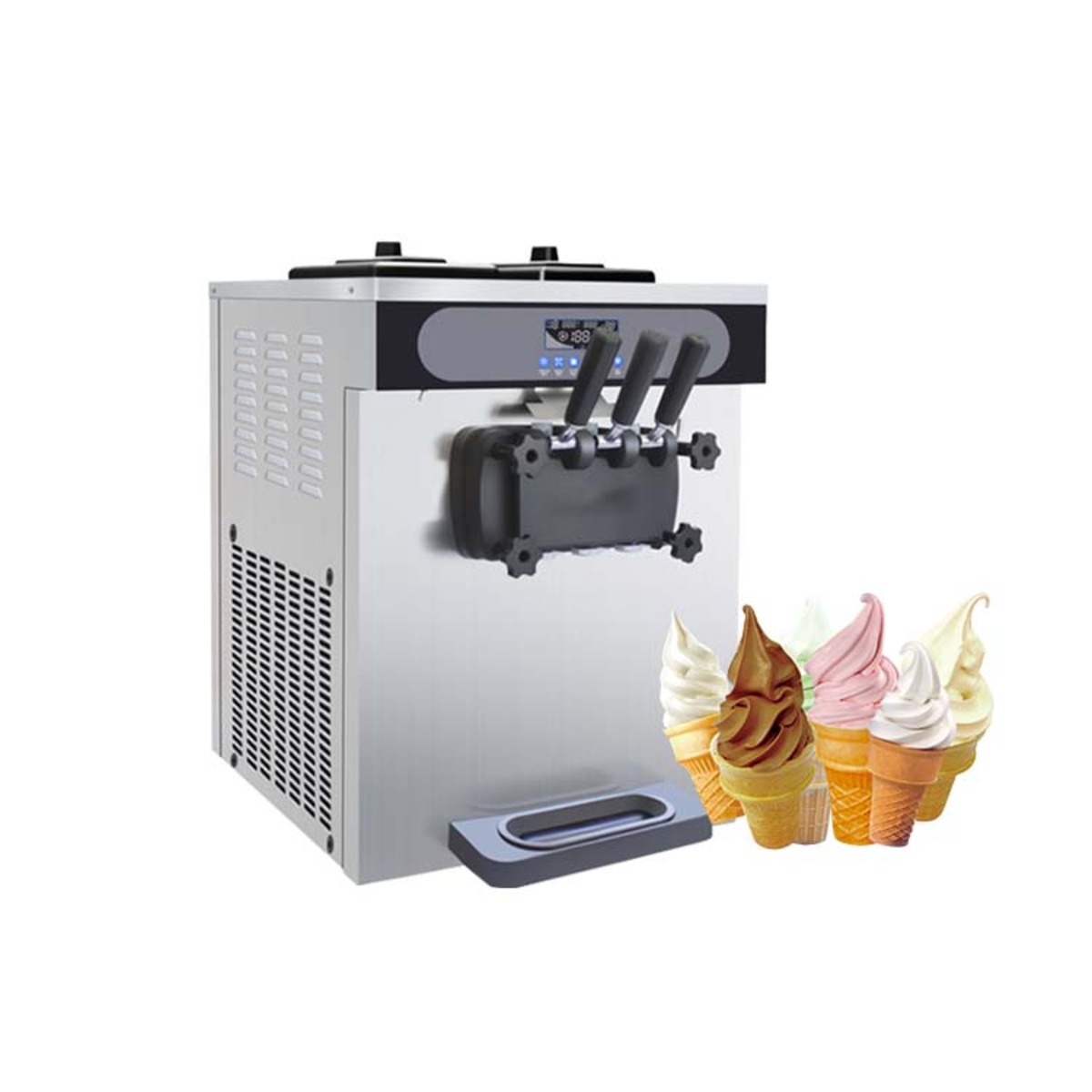
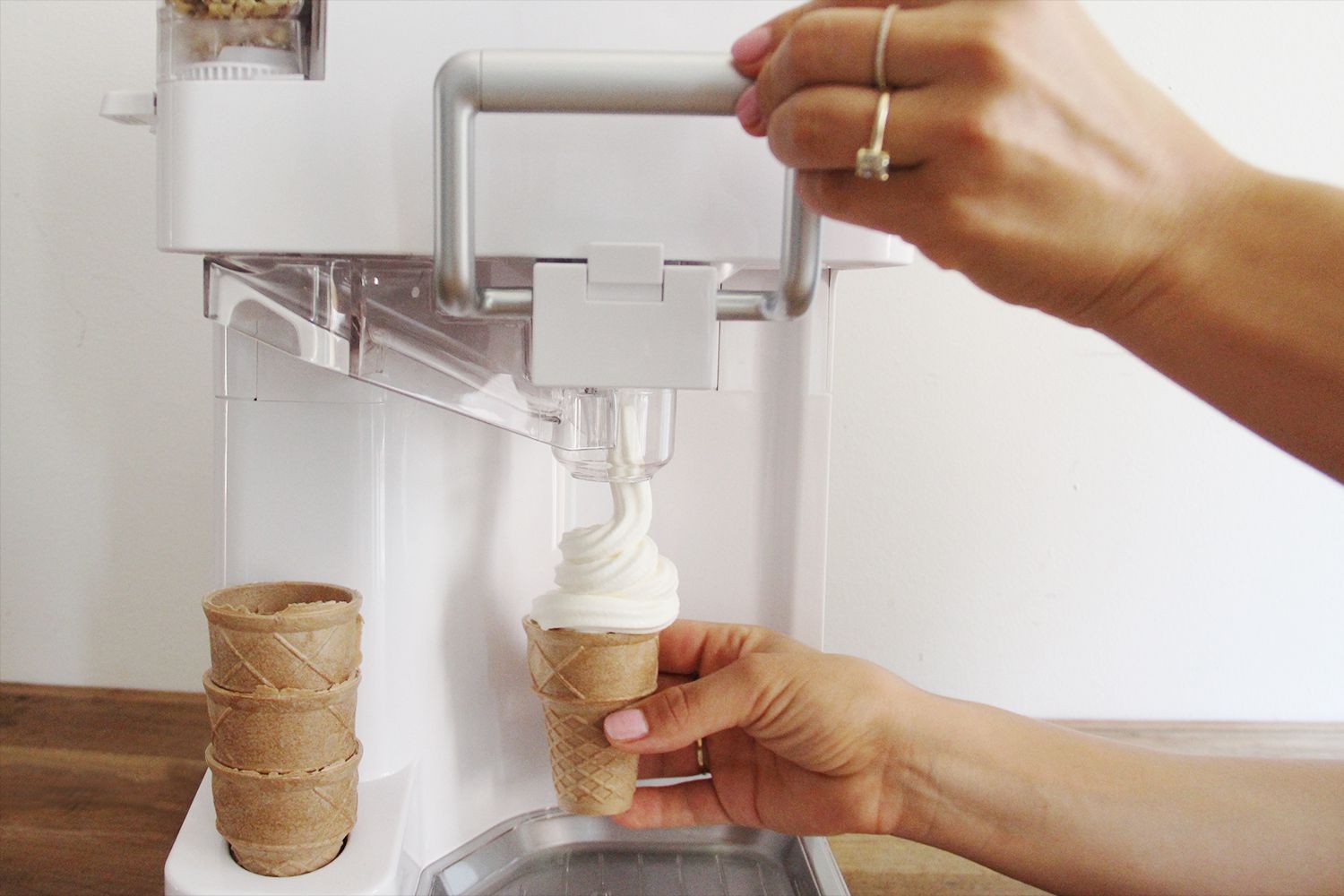
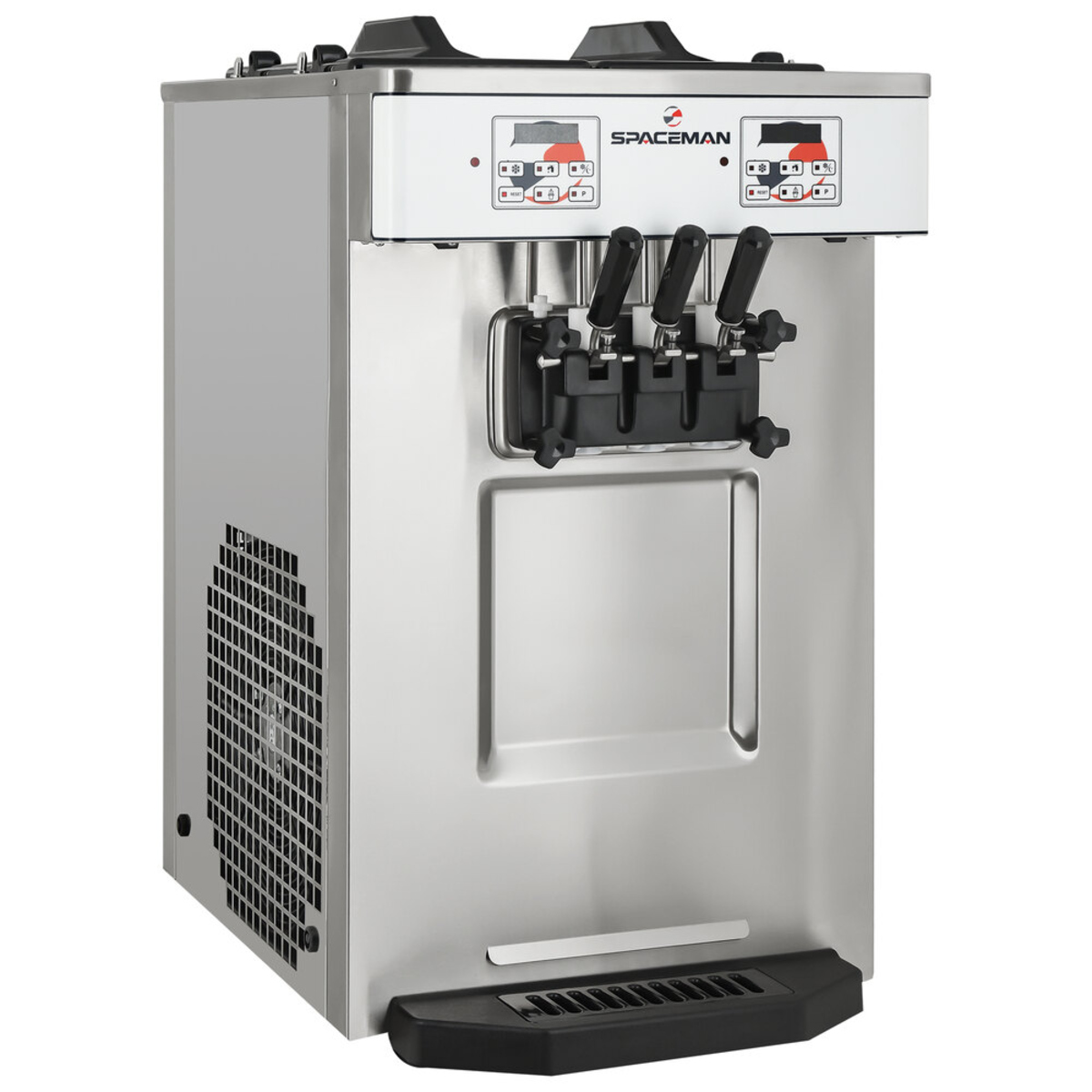
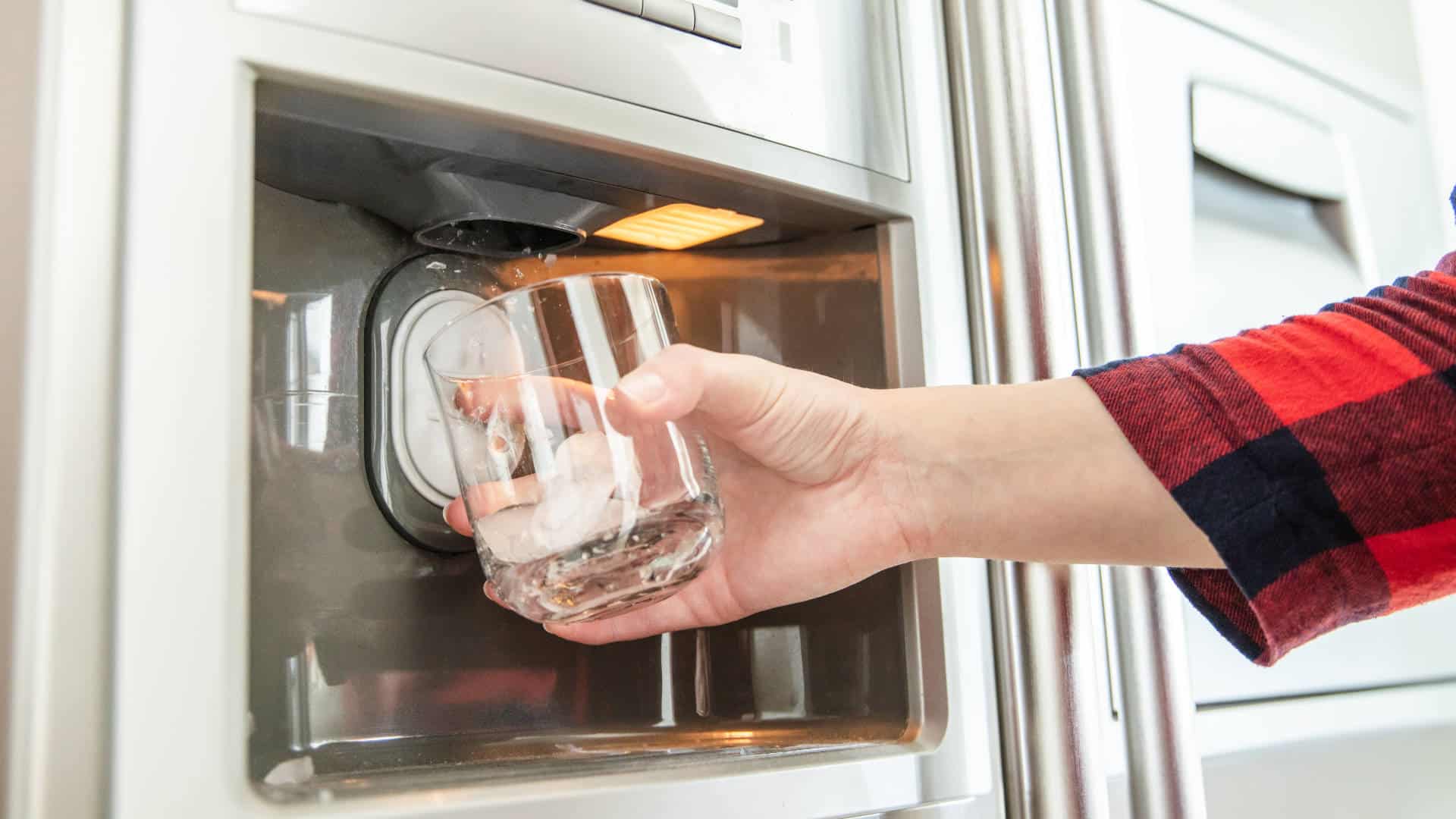
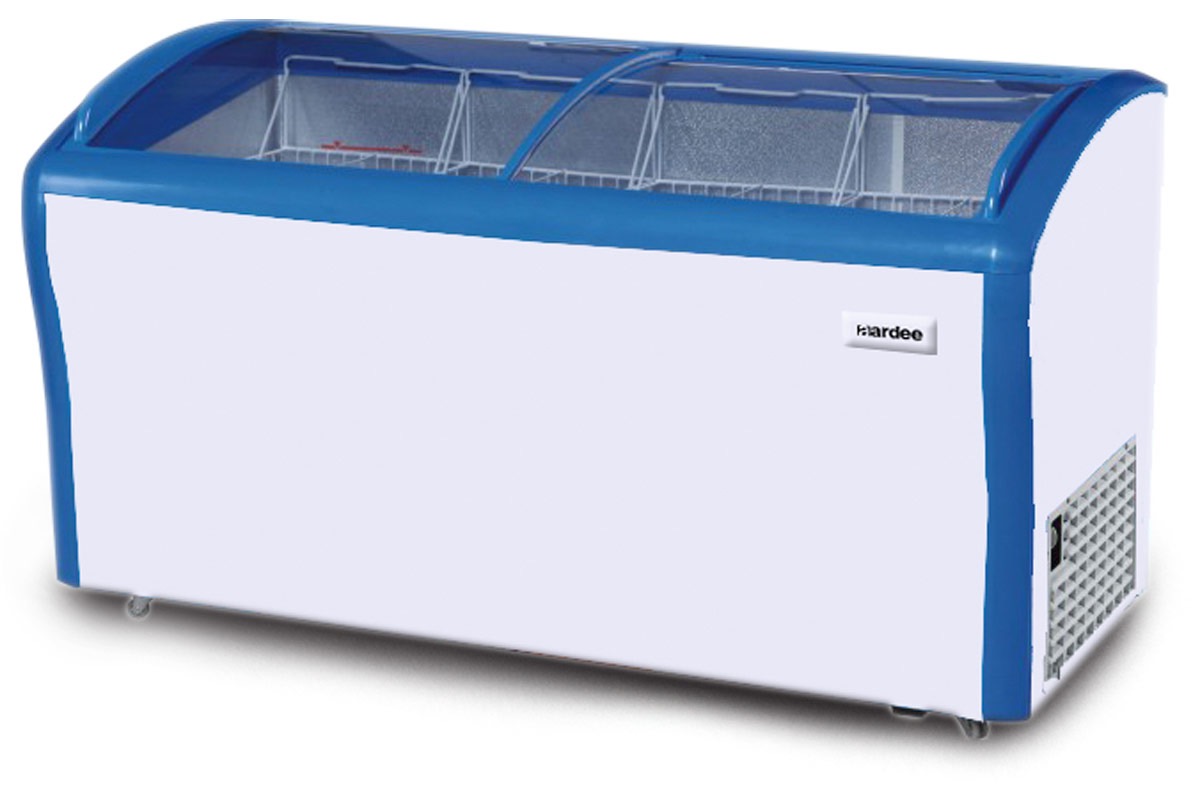

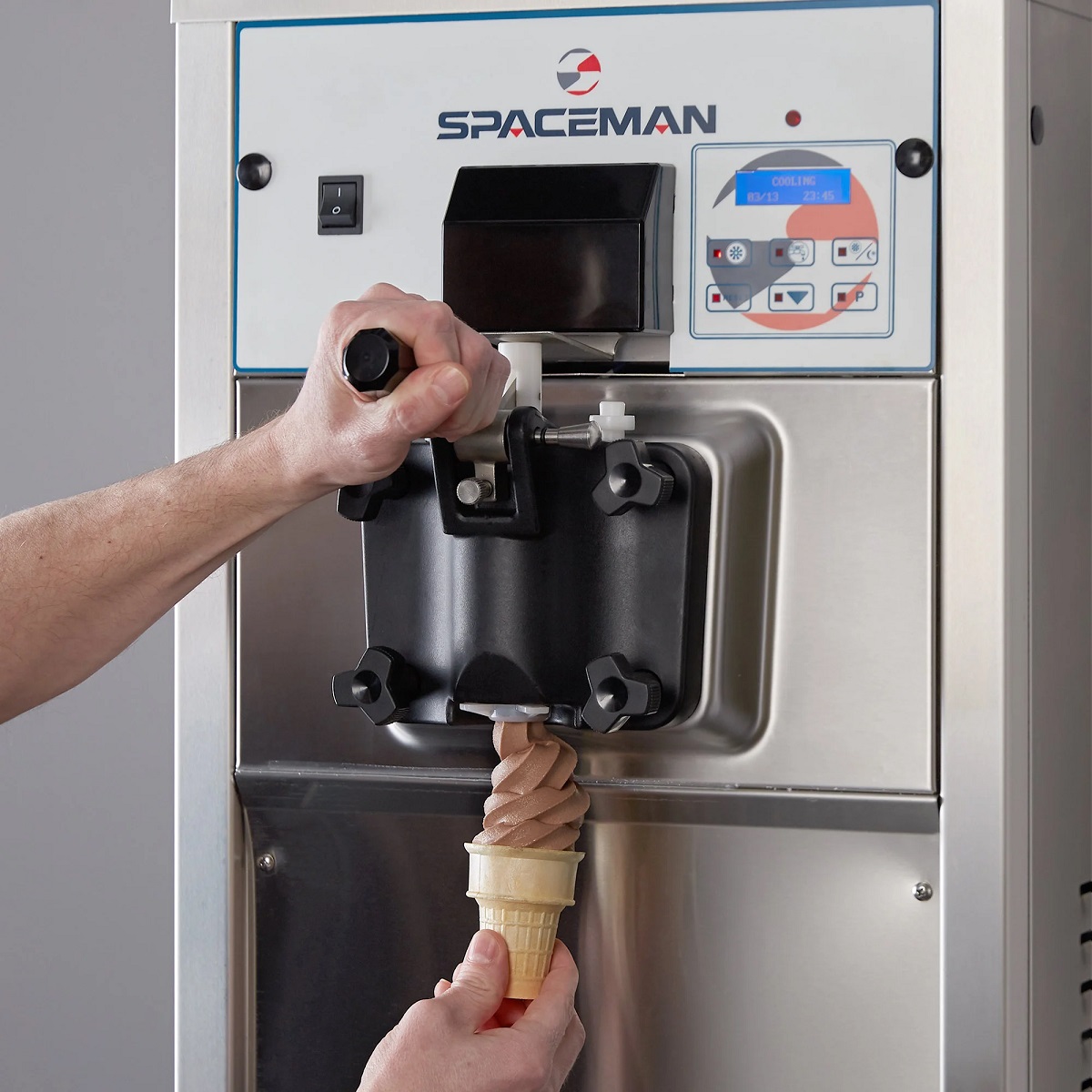
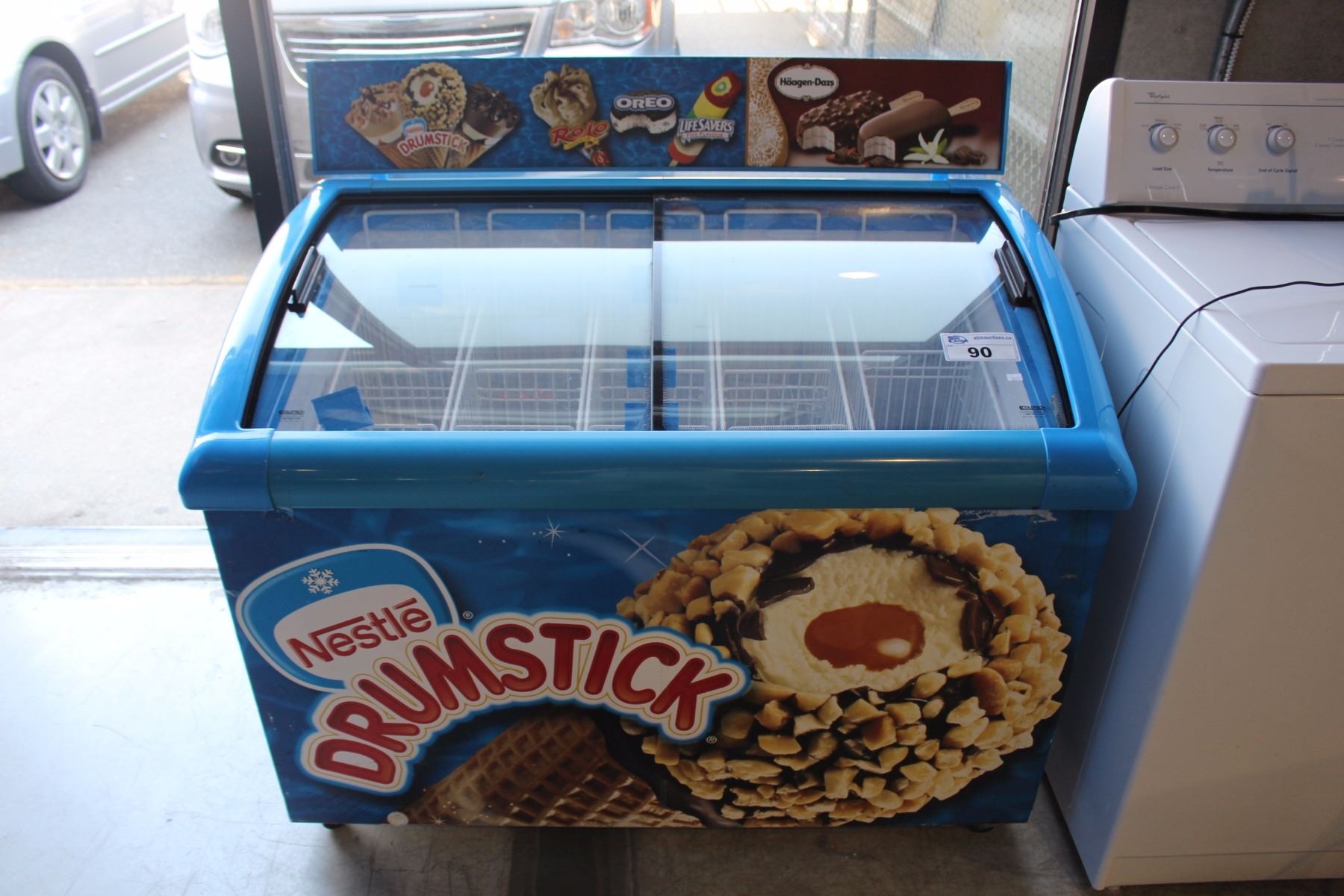
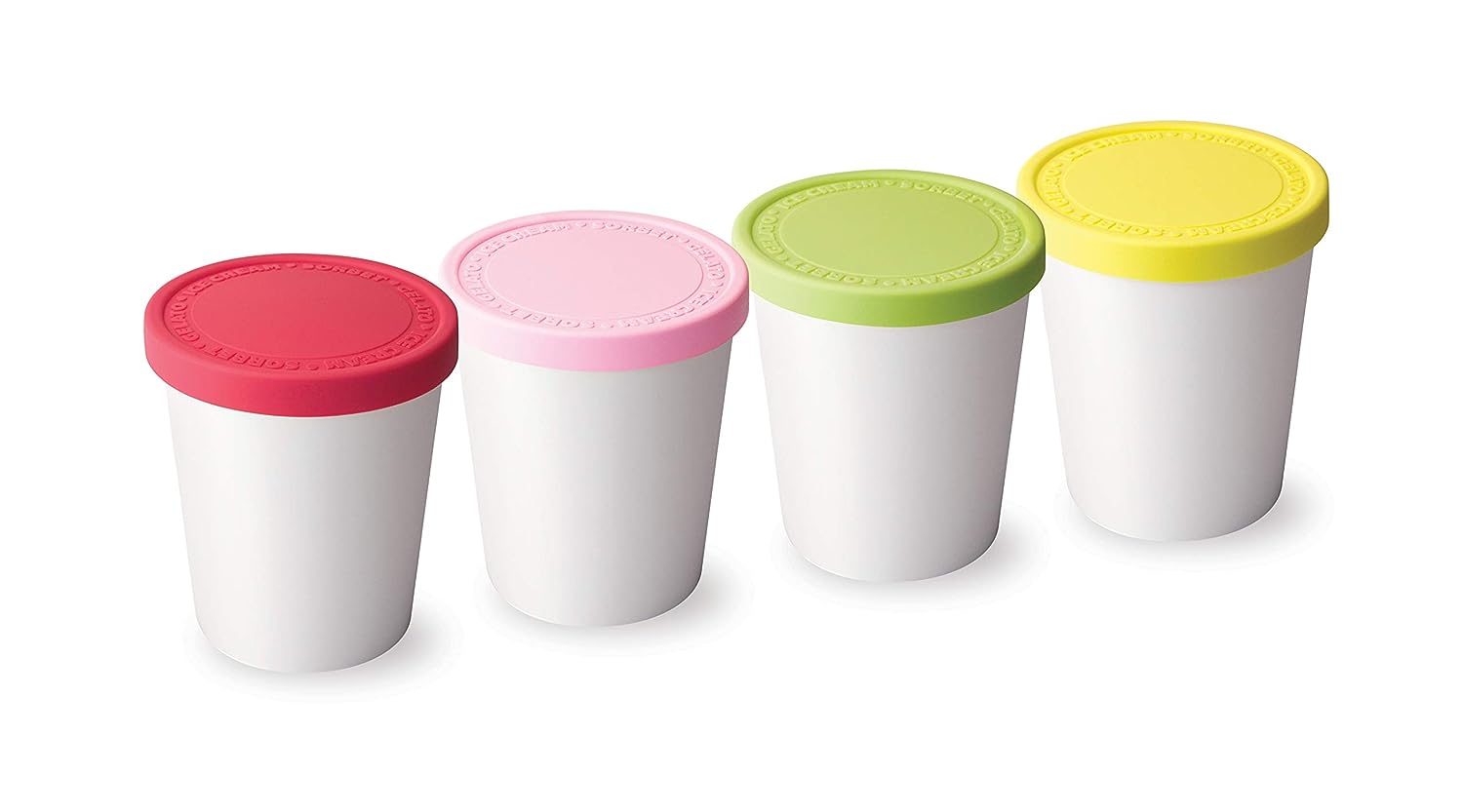
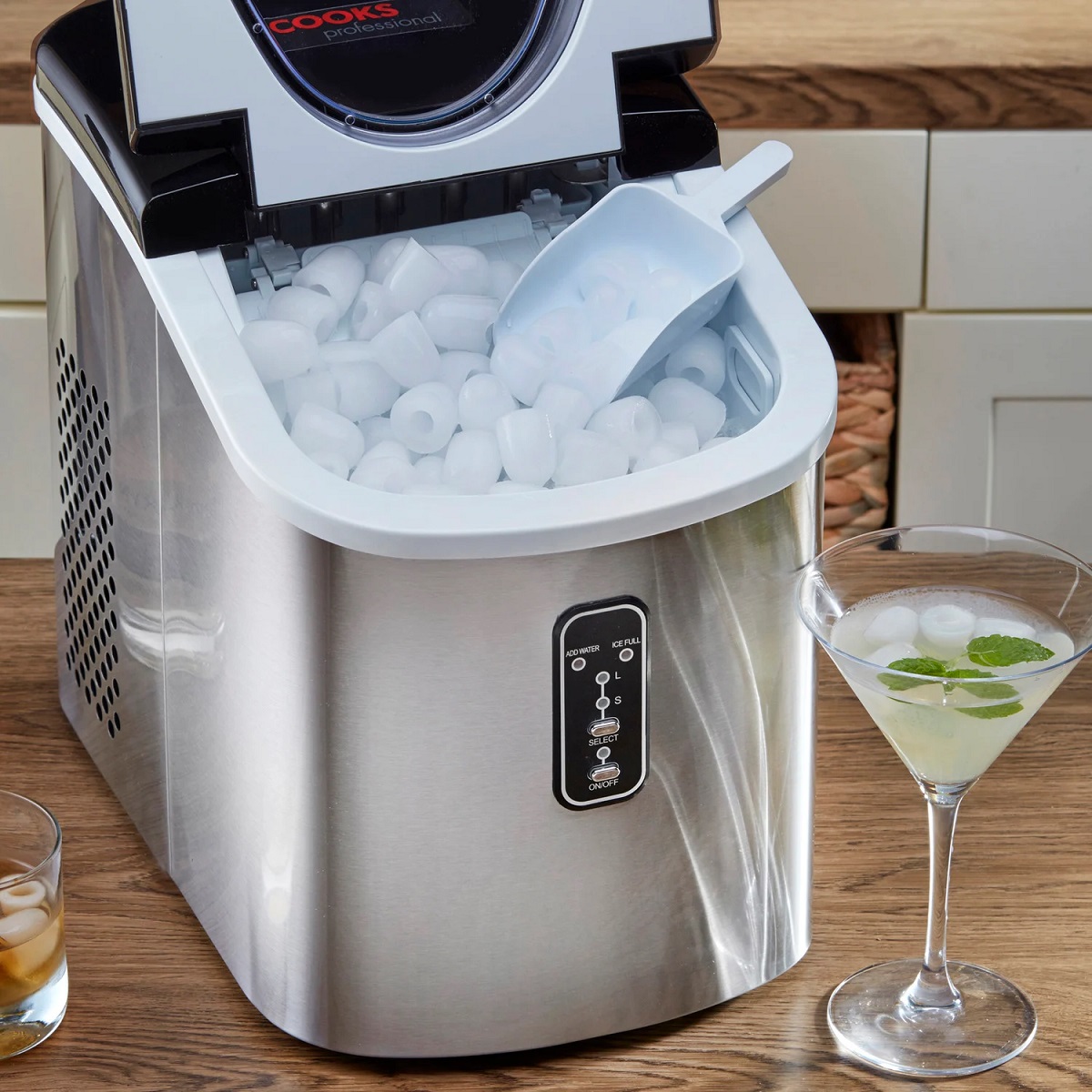
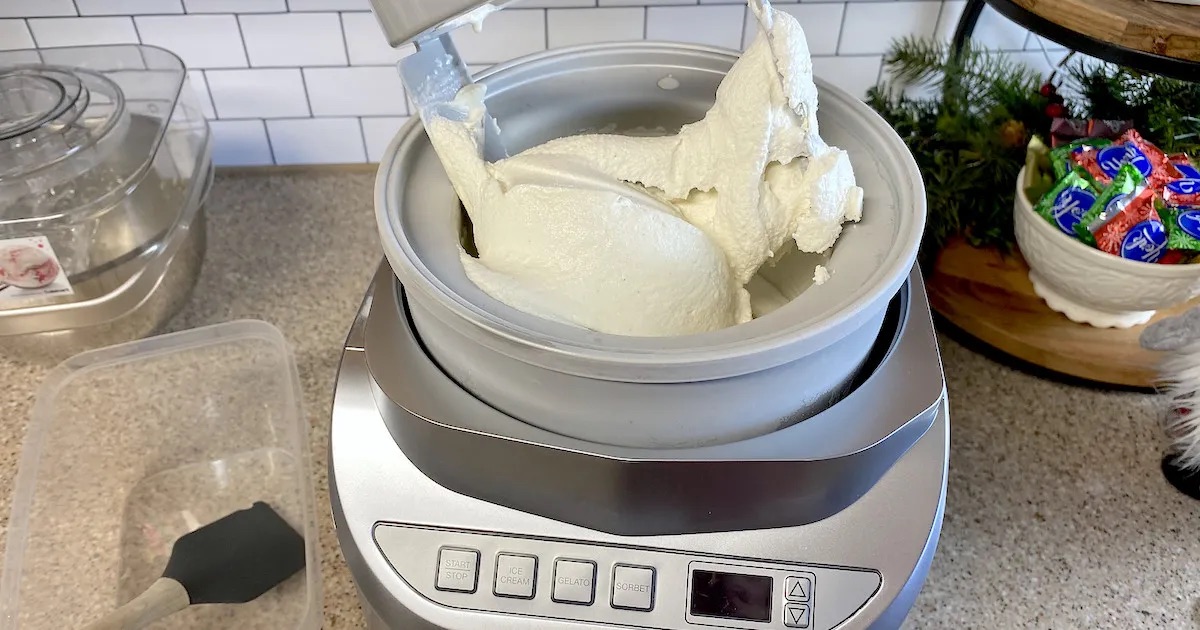
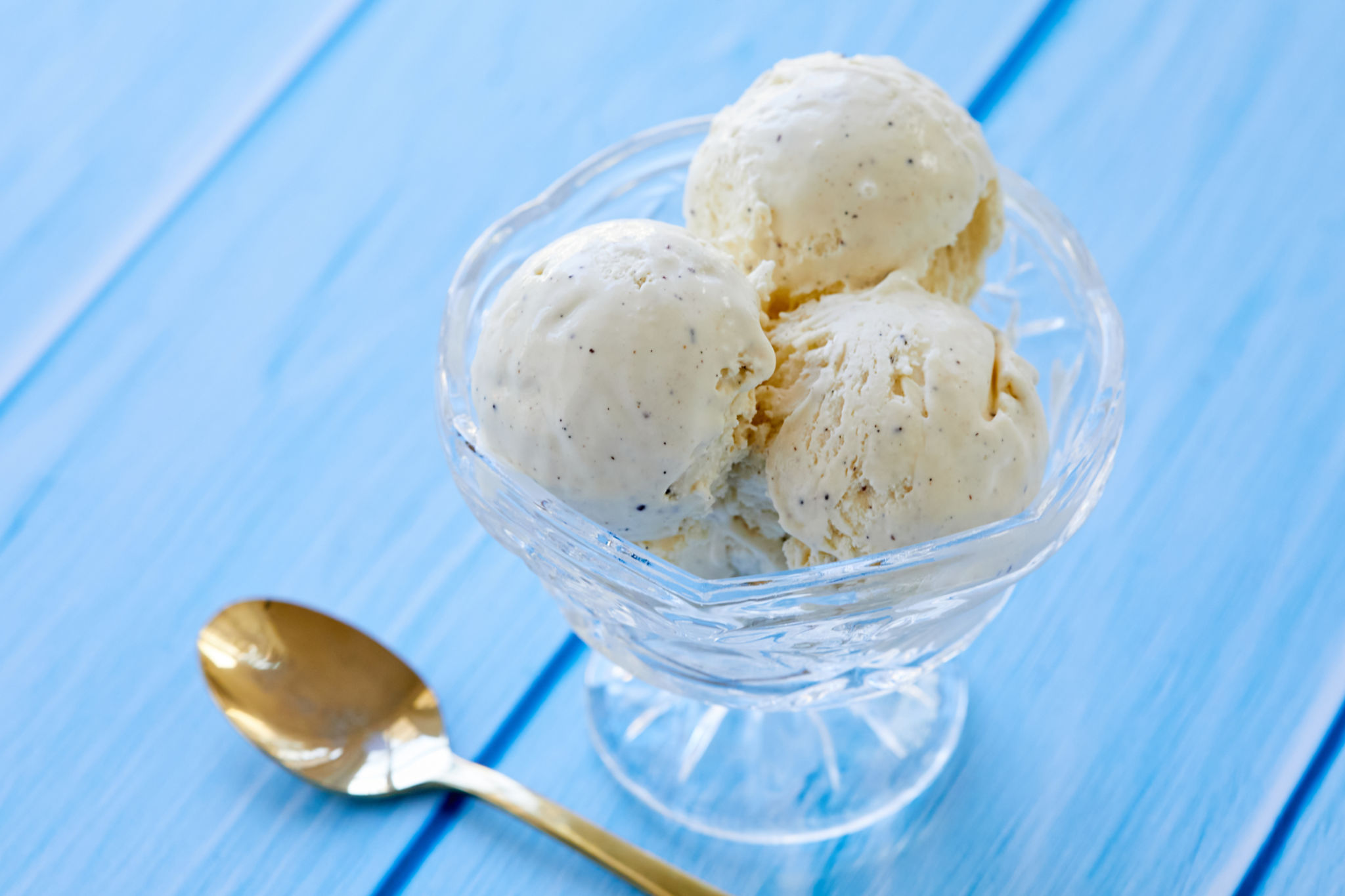
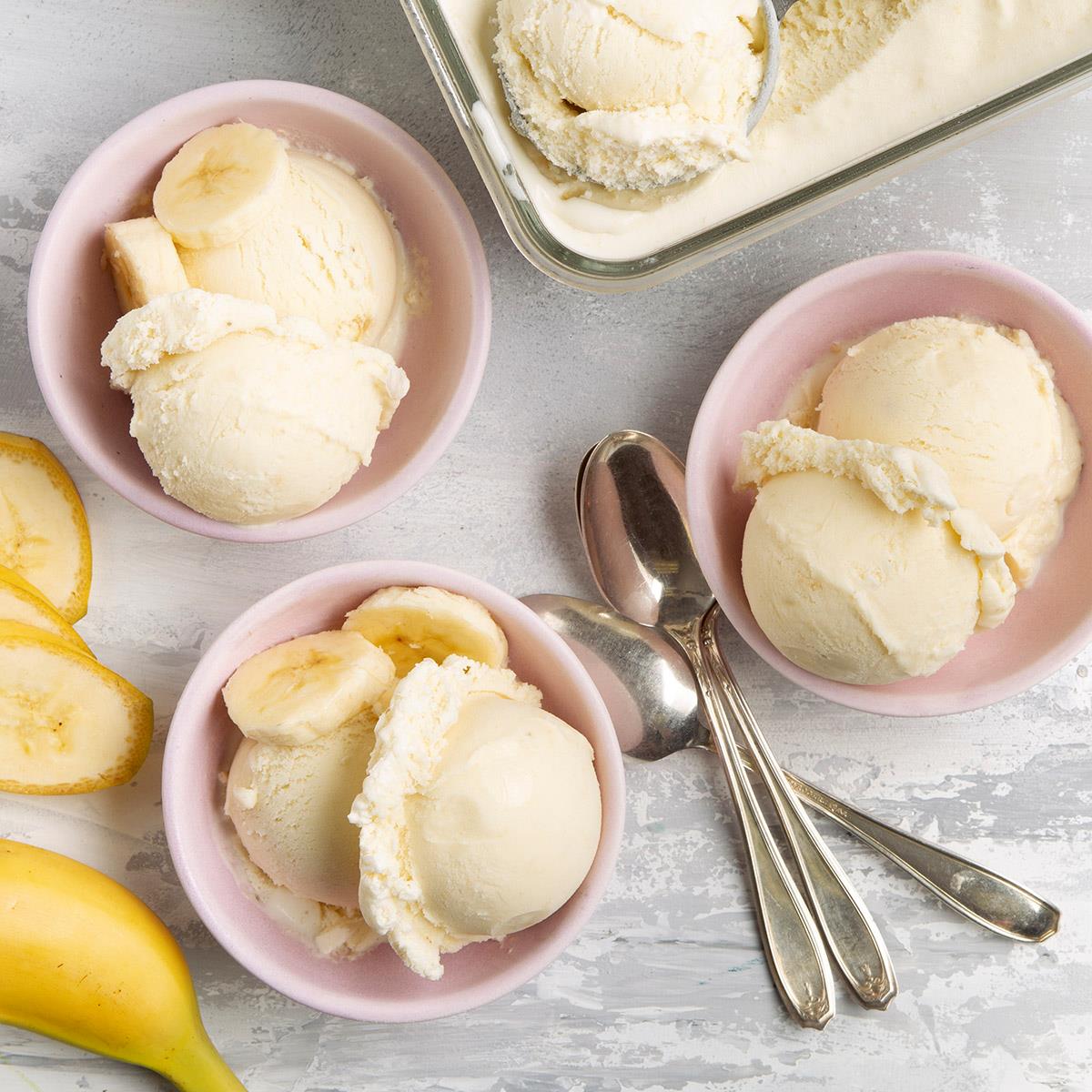

0 thoughts on “Why Is My Ice Cream Soft In The Freezer”